This is the first leg on the way back in that short trip to Japan's Yaeyama Islands.
GE0011 TSA - HUN ISG in French here, in English there
GE6812 HUN - ISG in French here, in English there
GE6811 ISG - HUN You are here
GE0016 HUN - TSA in French here, in English there
I did not push my exploration of Nowhere airports to making an additional hop to Yonaguni (OGN). OGN, as you can see on the map, is the western-most Japanese island, which means the one closest to Taiwan, but that is its main point of interest. It was linked to ISG by a single round trip in the middle of day, which meant that you could either make a round trip in the same plane and see nothing but the airport, or waste nearly two days in order to have a shortened afternoon and a shortened morning there in a place where there is not much to see. What's more, the ticket was very expensive, at 15,000 – 20,000 JPY round trip, and the JPY was very expensive at that time (101 JPY, vs. 136 JPY to the EUR today). Of course, I could also sail there, according to the name of that ferry (フェリよなぐに is Ferry Yonaguni in syllabic print), but it was certainly long, and did not make the island more interesting.
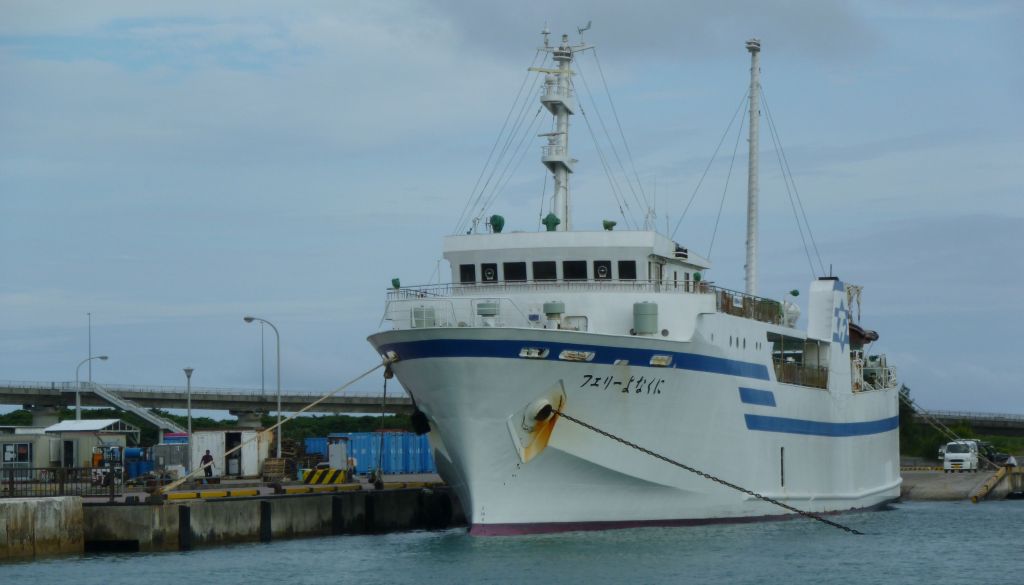
So I did not fly to OGN, but did I sail to much closer Iriomote, a very large island nearly entirely covered by an impregnable jungle, which boasts the longest river in the entire Okinawa archipelago, with two interesting waterfalls reached by a half hour boat ride in shallow waters followed by an hour hike beyond the end of the navigable section.

How could I qualify this attraction? Yubu island is separated from Iriomote by a ford which no more than 20 centimeters deep, through which the locals drive without any problem. But tourists are not allowed to drive across, in order to protect these traditional, slow and expensive buffalo drawn cart.

They are even slower when they stop two meters from the coast to pee slowly. The Japanese seem to find it a lot of fun. Me too, but only on a second degree, and I did not pay for that.

Iriomote is also famous for its cat ヤマネコ yamaneko, an endangered nocturnal species that day-trippers have no chance to spot. On the other hand, what they do see is an incredible number of signs recommending to drive carefully in order to spare them (there is a 40 km/h speed limit on the only road which follows only half of the coast line), and it seems that every local business is called Yamaneko something or 何何ヤマネコ (which means the same in Japanese).

Yamaneko means mountain cat and would be written 山猫 in ideograms, but all names of animals (apart from generic names like cat ?) are written in syllabic katakana, hence ヤマネコ. Another local example is the ハブ habu, Okinawa's pit viper. The habu is to Okinawa what the bamboo viper is to Taiwan, the survival rate is also around 99%, but the difference is that the Japanese viper is very aggressive.
Ishigaki has a large park in the center of the island, half public garden and half botanic garden, with wide vistas on the city to the south, and the countryside to the north here:
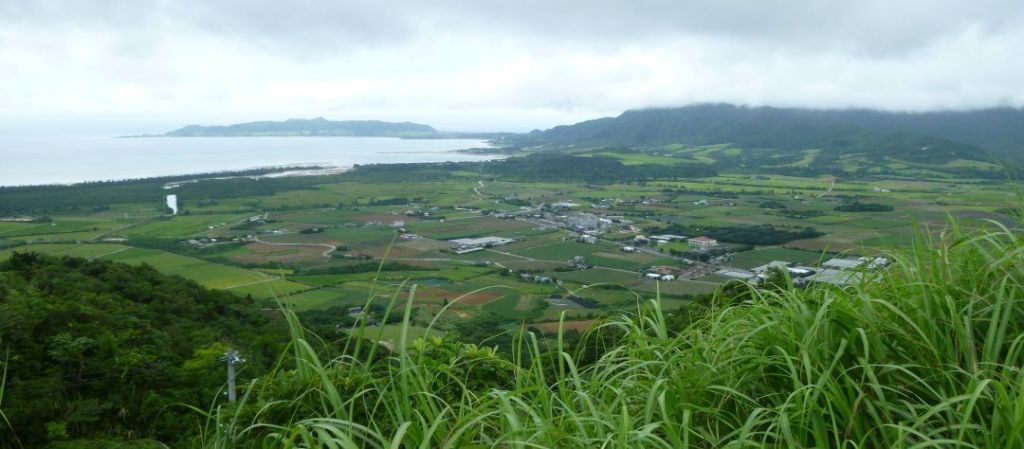
There are many wild areas in the park. When you leave tropical vegetation alone, it thrives, and so does its fauna if it has enough space. The habu does not need square miles to live, hence these numerous signs, where the name of the snake is in red : ハブに注意 Mind the habu !

That not a single sign is translated is an indication of the expected number of foreigners in Ishigaki. I did not see a habu, I did not look for one, and I was careful to wear sport shoes and blue jeans when hiking during these few days.
(For the military inclined, Habu is one of the nicknames of the SR71 spy plane)
Let's go back to aviation with this strange structure similar to that of Hiroshima Airport: the airport I used was locked in the outskirts of Ishigaki city, which made it impossible to extend the 1,500 m runway and land widebody aircraft. A new airport was built further away to the north-east, and all operation were transferred on 6 March, 2013 at midnight. See the satellite photography on Google Earth: both airports are clearly visible. The new airport is on a plateau, which required super elevating the approach lighting system.
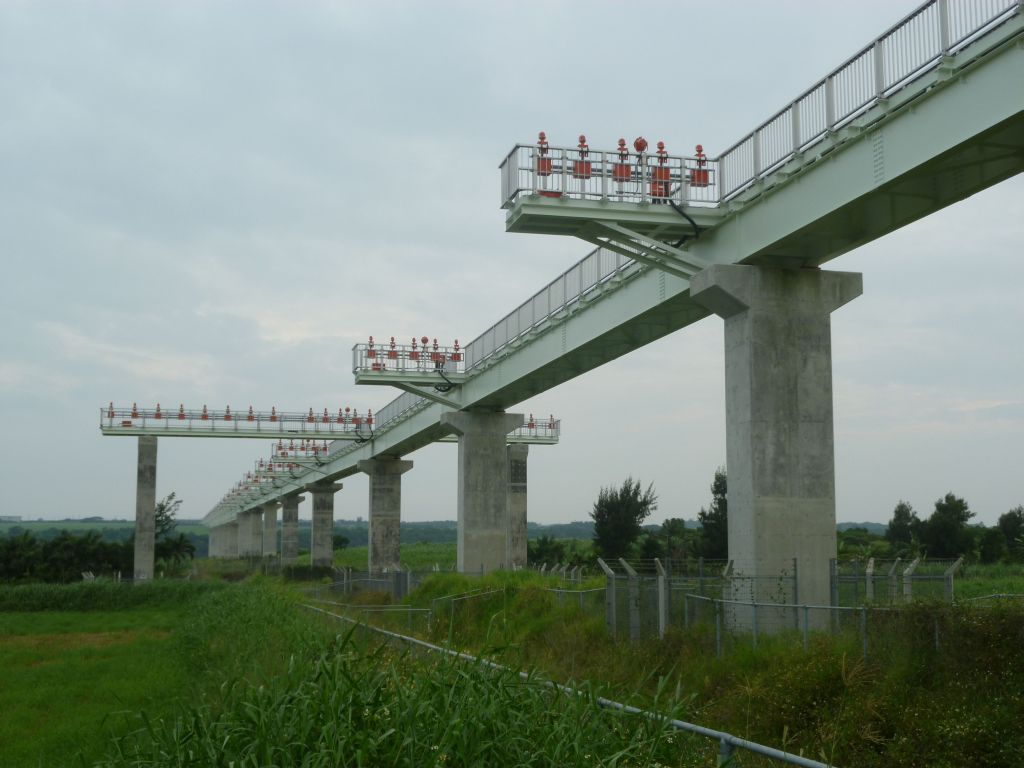
My idea of a viaduct is that it reaches from one end of a valley to the other. I now understand my problems understanding aviation: we are not wired the same.
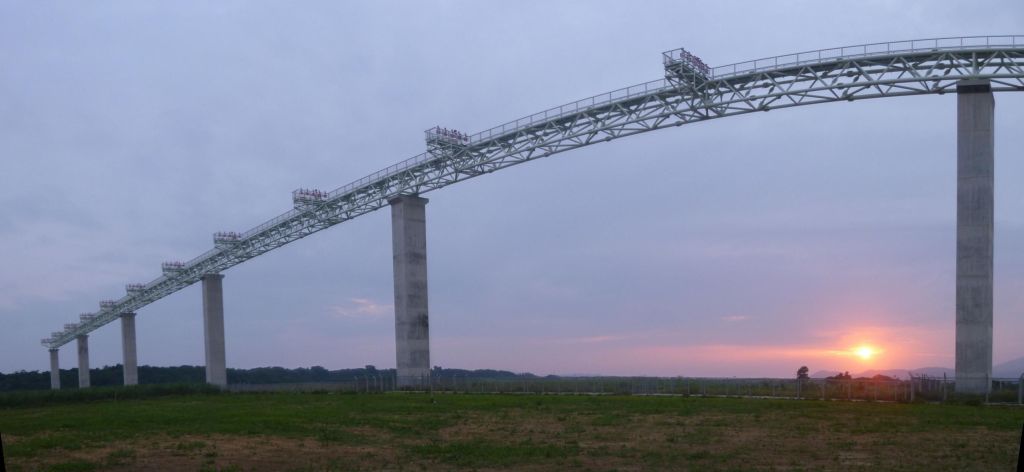
This FR and the previous one are a piece of history, for unless some future Japanese Flight Reporter digs a report from his archive, they are the only ones posted on the old ISG airport. I saved two hours in my schedule on the last day to indulge in some plane spotting relying on my mobility with my rented car to find the appropriate spot. Of course, I wandered a bit at first, slamming on the brakes to take a picture through the windshield of this JTA 737 taking off.
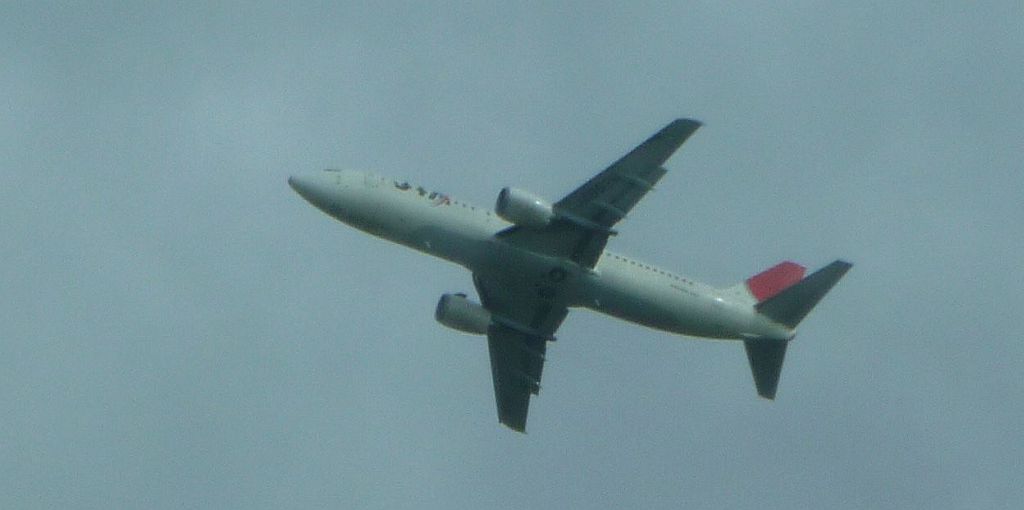
Then running across a muddy field to capture this one taxiing.

That was until I discovered that the old ISG was actually very spotter-friendly: just beyond the limit of runway 04, there was a vast grassy expanse, with the appreciable bonus of parking space, which cannot be taken for granted in a Japanese urban area. There was an excellent view in the descent axis, which allowed spotting the landing lights from far away…

… and on the airport's fenced area there :
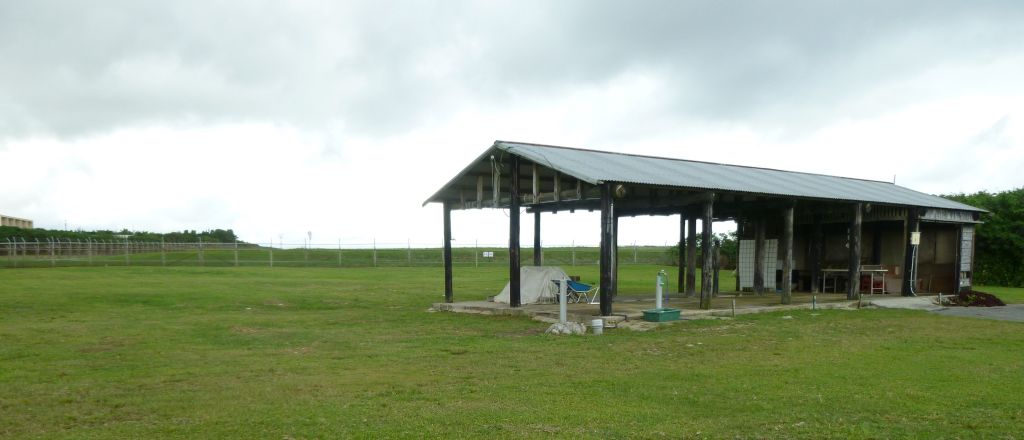
As an additional bonus, a sofa had been jury-rigged with plastic crates and bamboo matting under that open hangar, providing comfortable seating to wait for the planes.

I only needed to run on the grass to shift off the runway's axis when a plane appeared in the distance, and that is the result. An ANA 737:
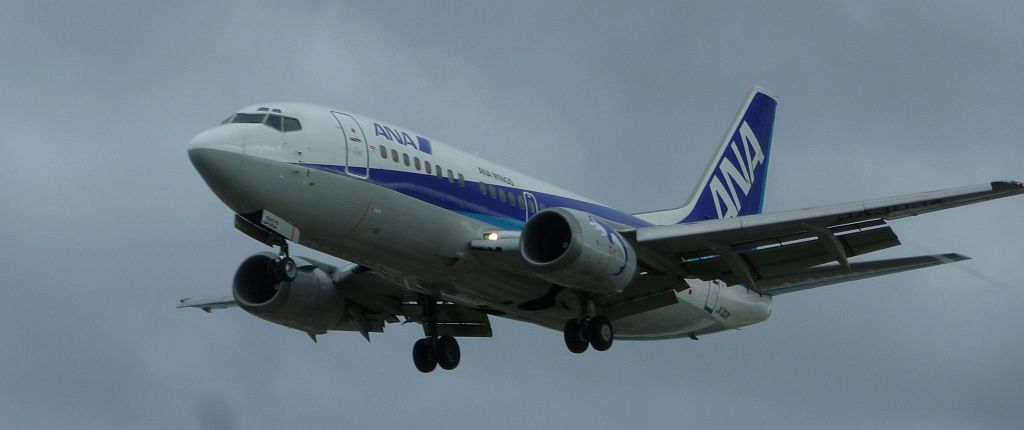
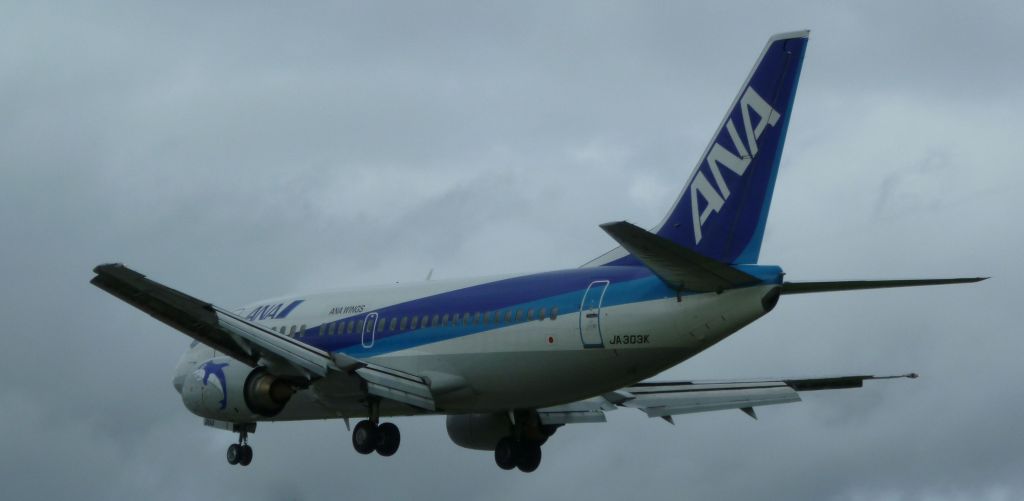
I saw the landing lights from far away; it was still impossible to identify her then:
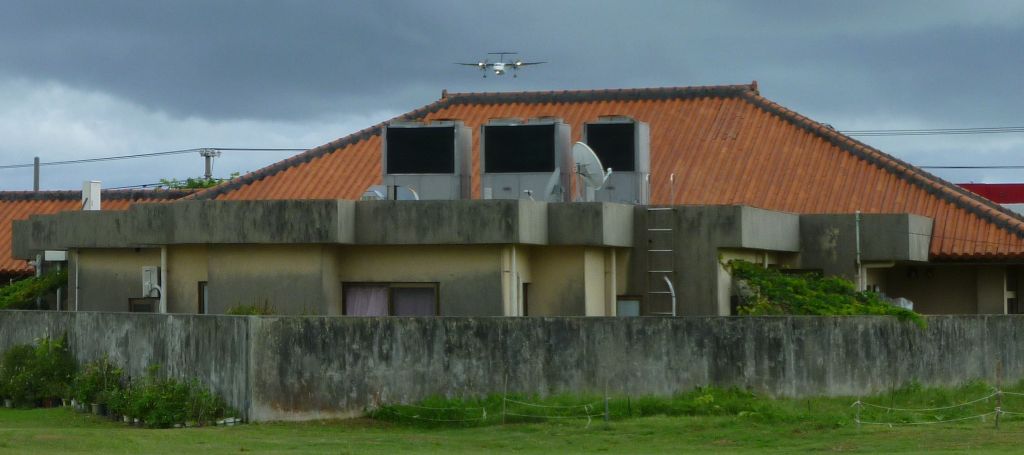
It was one of Ryukyu Air Commuter's Dash 8-100, a local Okinawan airline, a subsidiary of Japan Transocean Air, itself a subsidiary of JAL.

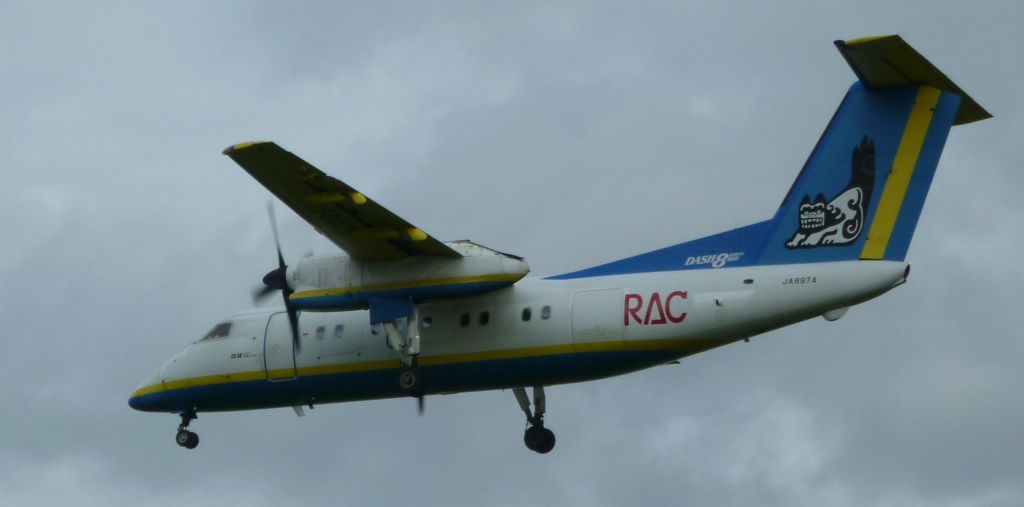
A JTA 737 ready for departure. When holding the camera at arm's length, it was possible to limit the visual impact of the fencing and have an interesting angle slightly from below.

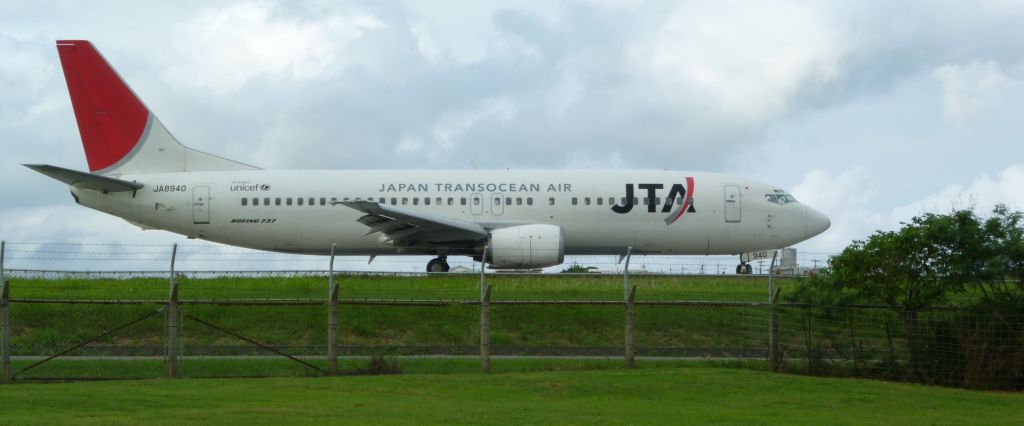

The traffic was not very intensive; I stayed over an hour there, and then drove off to return the car, slamming one last time on the brakes on the road alongside the runway to capture the ANA 737 which was leaving (yes, it was the same registration number).

This is the terminal, from the small parvis and short term parking lot.

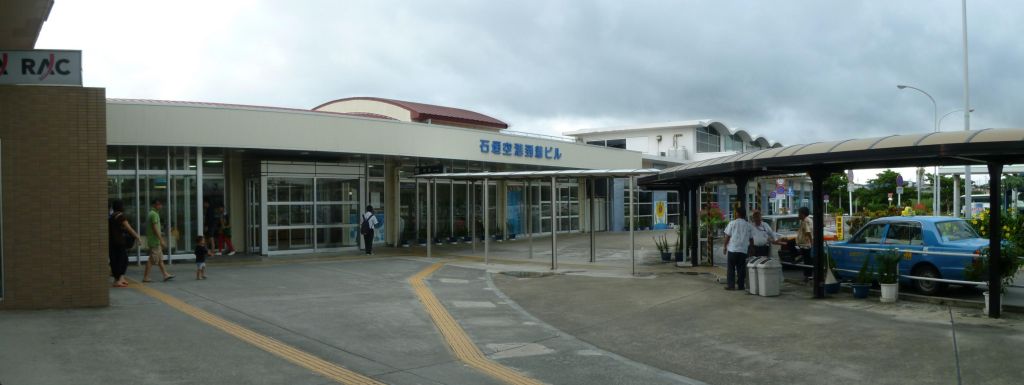
The check in counters. It was slightly unclear, and I had to ask a policeman which was the counter for my flight: there was actually a makeshift sign far right overhead.
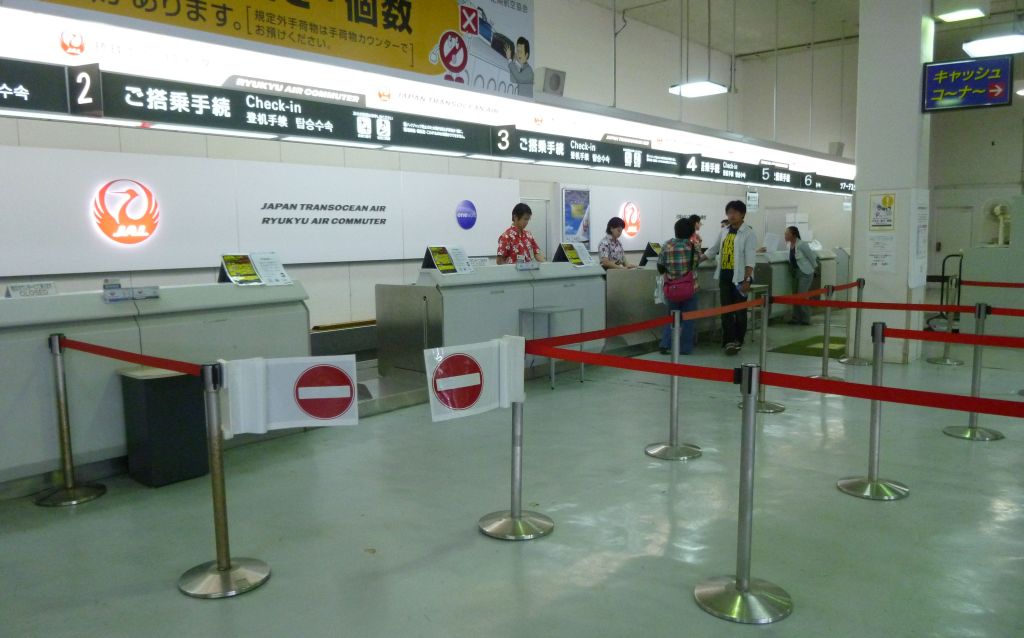
The staff at the check in counter took a respectable time to check my name against my passport, letter after letter. The names of the Taiwanese fit in a maximum of three ideograms, that of the Japanese a maximum of four, whereas like most French people, I have multiple given names which never fit in an Asian form: the staff at the travel agency had concatenated them and truncated the excess letters. It was impossible not to spot in the PIL that I saw MARATHON FRANCOISMICHELALEXA or something equivalent: it was by far the longest name of all passengers on that flight.

Another pre-assigned aisle seat. There was the smiling local manager of this charter flight next to the counter; I asked if I could switch seats to have a window seat, but now, unlike in ISG, they could not change. No big deal: it was going to be a night flight mostly above the Pacific Ocean.

I wanted to go airside immediately, but it was too early: the message was wait until the flight is called. This flight was not displayed on the FIDS, and would never be. This flight which was neither on GE's website nor displayed on the FIDS in ISG was really confidential.
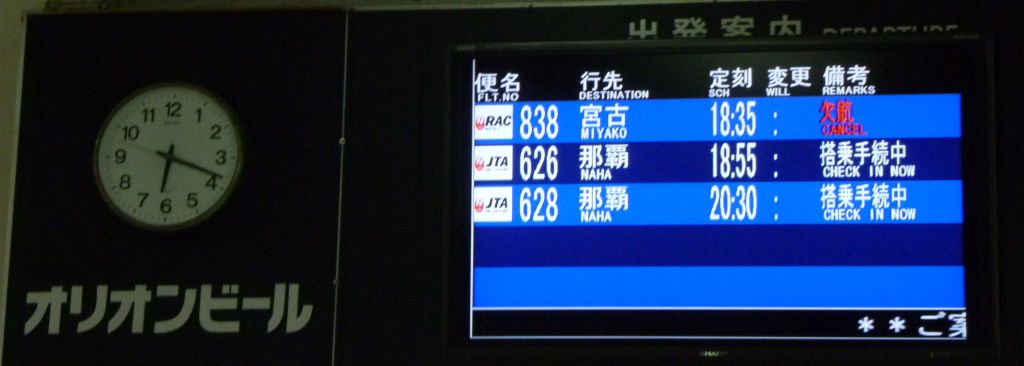
There were these seats landside for waiting. It may not seem apparent, but some seats remained available, in a rather noisy environment. With no surprise, there were shops of souvenir food (a must bring back to the office in Japan), including pineapples and other tropical fruit which I was not going to buy: not only I could buy the same in Taiwan at Taiwanese prices, but importing tropical fruit in Taiwan is a no-no for pest control reasons, and I knew Taiwanese customs are very vigilant on that.
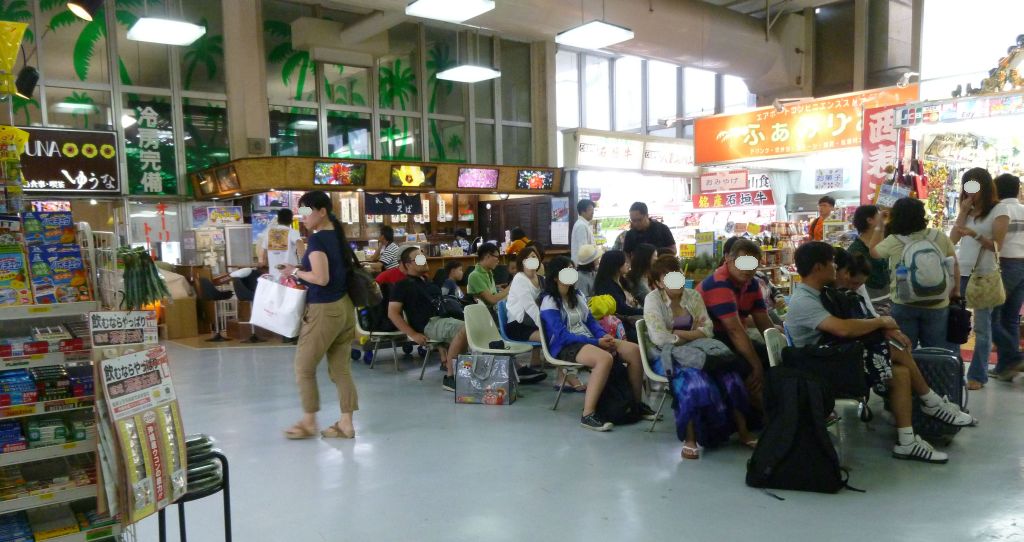
On the other hand, once seated, it was impossible to see the FIDS, only an uninspiring short Japanese tourist promotion feature, looping continuously.
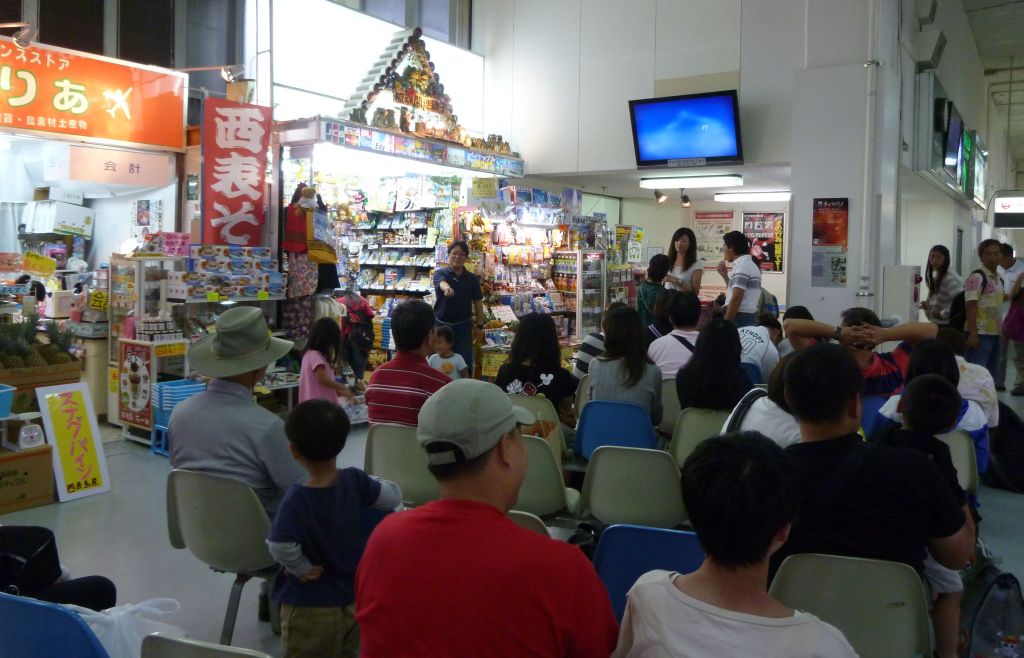
How would I know when I would need to go? No worry: I heard just in front of me a mother scold her son in Mandarin : 不禮貌! (bu limao = [it is] not polite!) : passengers speaking Chinese could only be on the same flight.
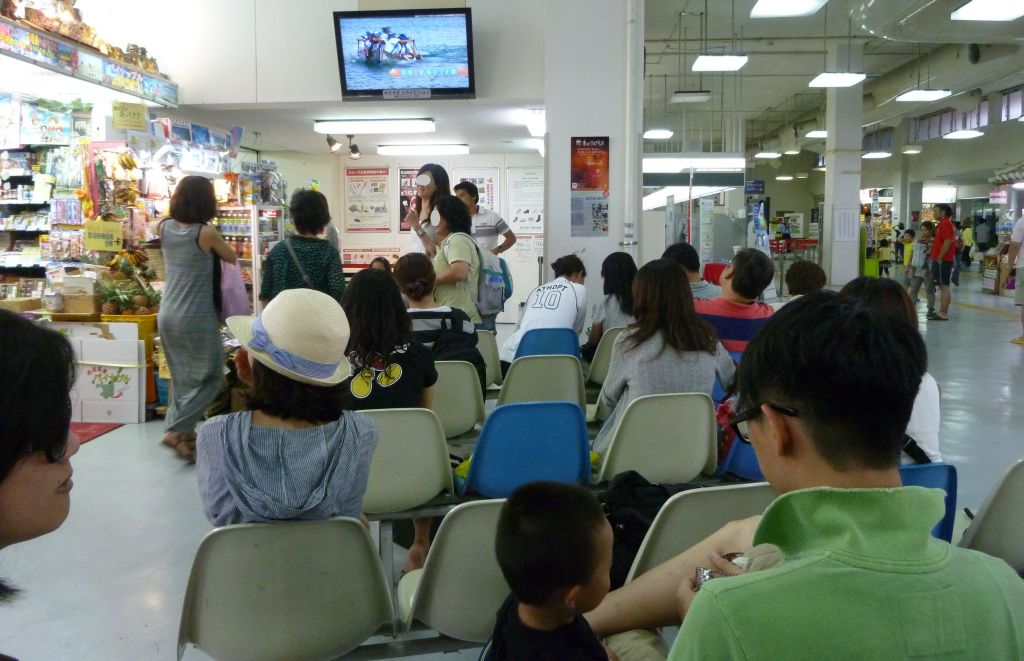
I did not pay attention to the call for the flight, but half the passengers including that family suddenly rose and I followed them. There was the same manager of the charter flight, as smiling as ever. No doubt this was the time.
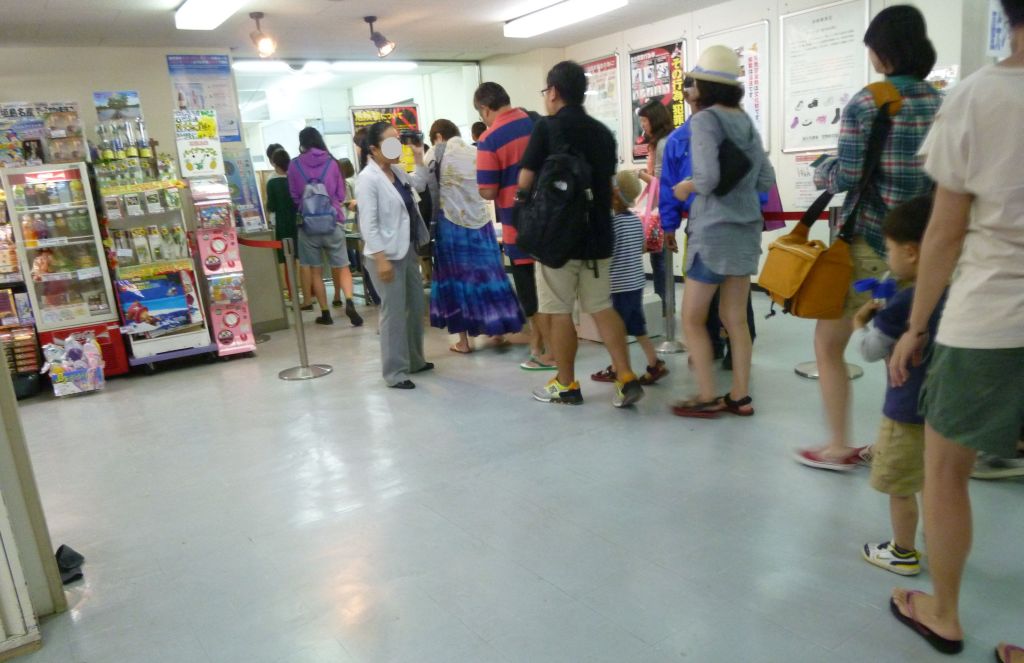
After the security check, two employees held very visible signs, warning the passengers in Japanese / English / Chinese that there would be no toilets in the boarding room.
All hand luggage were completely searched by customs officers (my customs officer, a lady in her fifties, was courteous and smiling), then there was an efficient immigration check by a nearly glacially impassible officer. (I found that to be often the case in Japan). And then we reached a small room devoid of any decoration, with what in the rear?
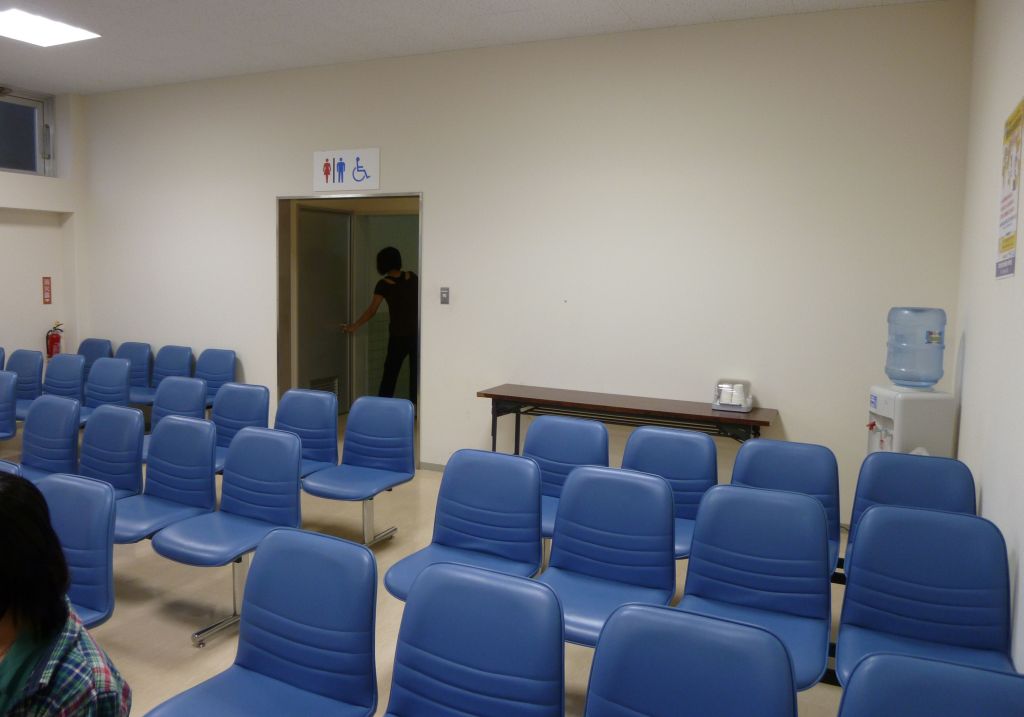
I do not know what you think about this, but my impression was that it looked very much like toilets, of an impeccably Japanese cleanliness. Apparently, the Japanese staff holding that sign warning of the absence of toilets had never been all the way to that room airside. Oh well, better be warned of no toilets and find them than any other combination.

The view on the tarmac was not exciting
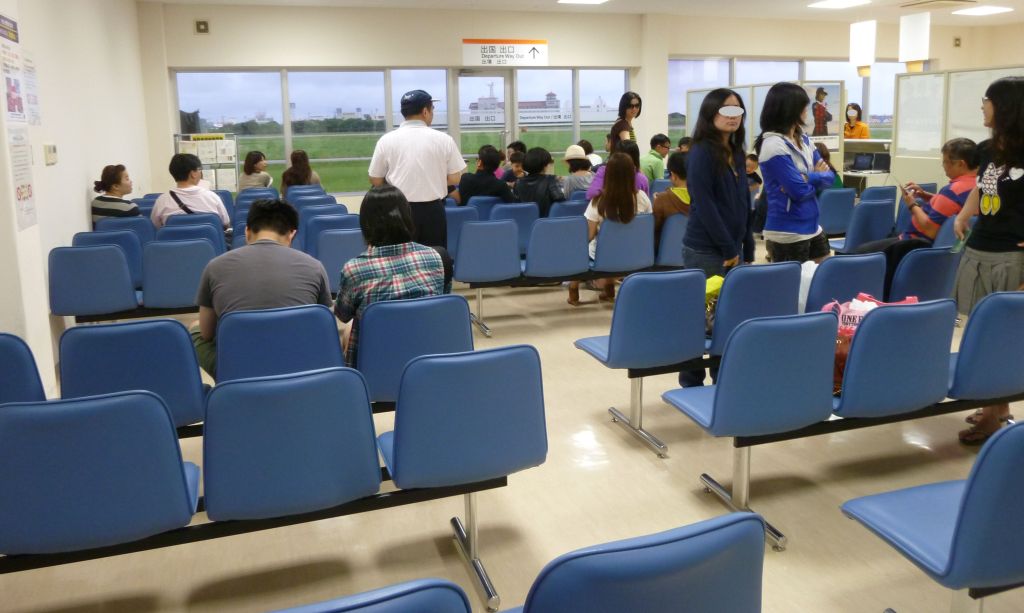
What you see in the distance is the prison of Yaeyama's archipelago (I knew it because I had driven several times past it) .

No wifi, no duty-free, no lounge, of course, in that seldom used international flight departure room. It was a real charter flight, but not a low cost flight: there were seats for all passengers and a bus to reach the aircraft. Note the trilingual sign overhead: Way out is written the same on the right in Japanese (top) and Chinese (below), but Departure is different and more precise : Departure from the country in Japanese, Border crossing in Chinese.

There was no other aircraft on the tarmac, and the bus arrived very quickly next to the ATR-72
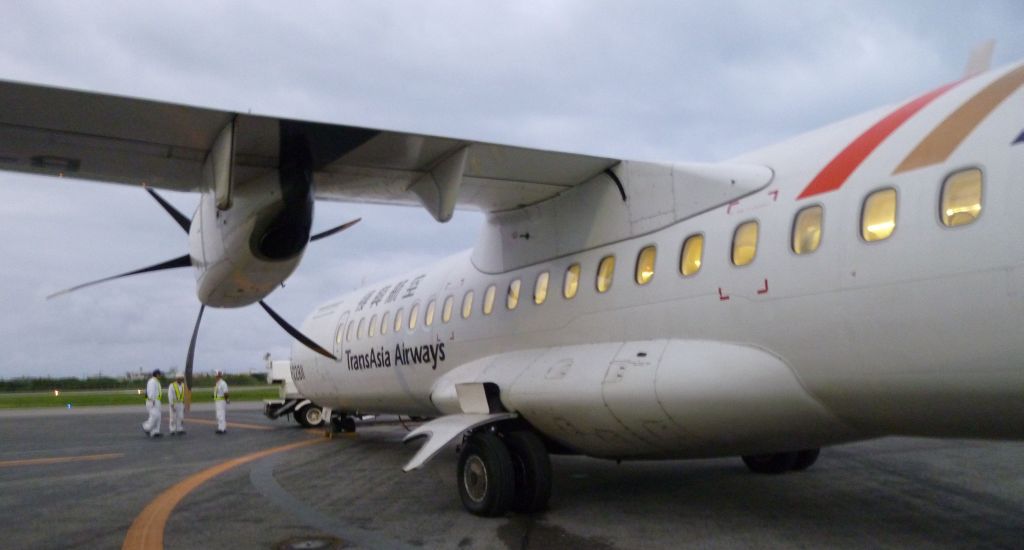
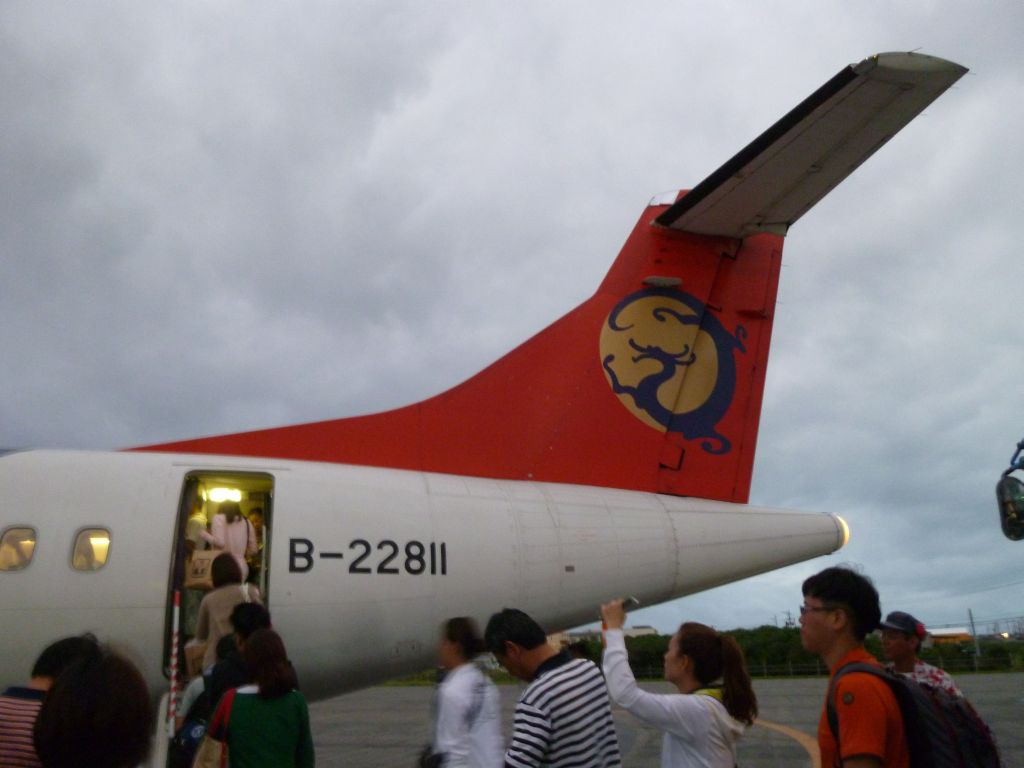
The ever smiling local charter flight manager here on the left was saluting each boarding passenger.

In an ATR-72, Row 7 is undoubtedly the best for turboprop addicts. This is where you get the best of the mellow noise of its engines and realize from their healthy vibrations that you are in a real aircraft, not one of these soundproofed oversized waiting rooms where half the passenger can't even realize that they are aloft, because they are so far from any engine and window, and the other half lowers the window shades because they do not want to realize that they are aloft. You also get a chance to wonder what happens if the propeller breaks apart.
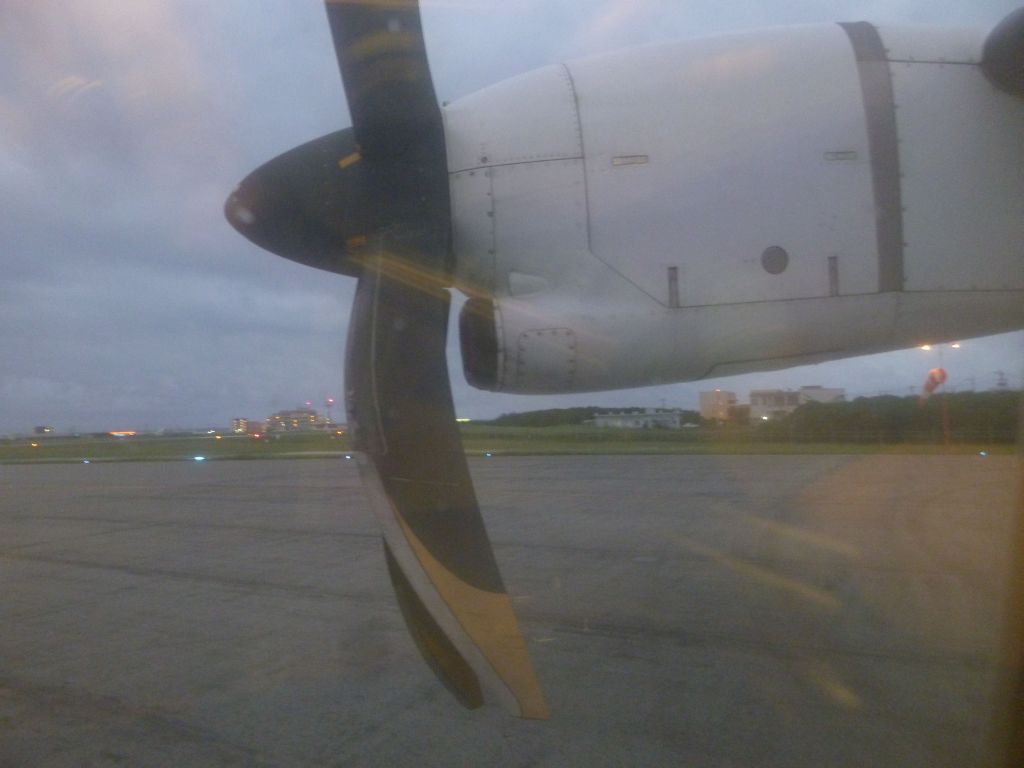
A view of the cabin from the rear.
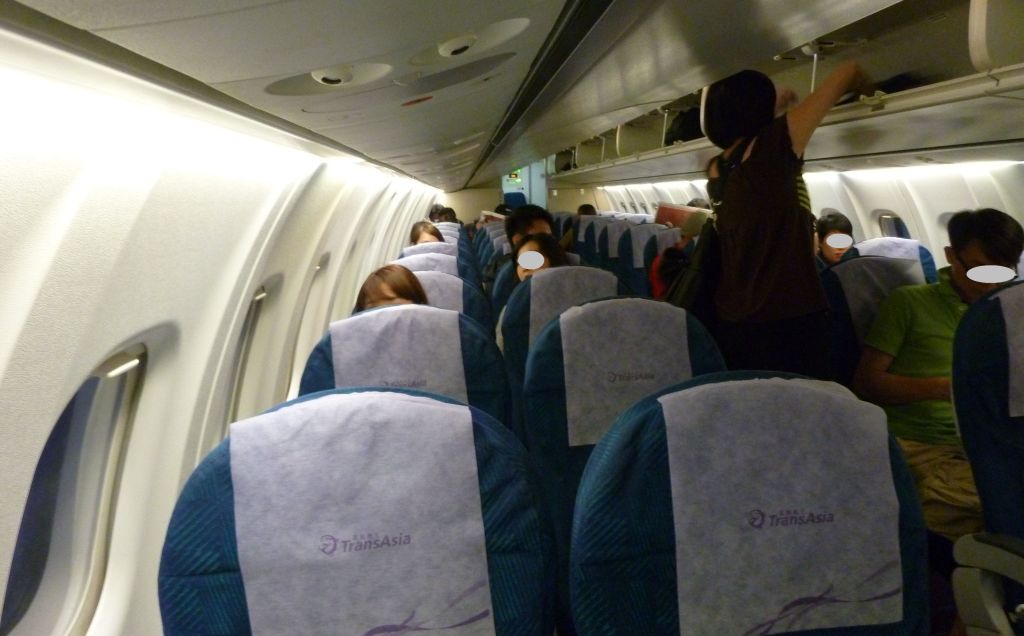
The FA reminds here to the passengers sitting at Row 1 that they are at an emergency exit and provides them the usual information sheet on what could be expected from them. All that was usual business.
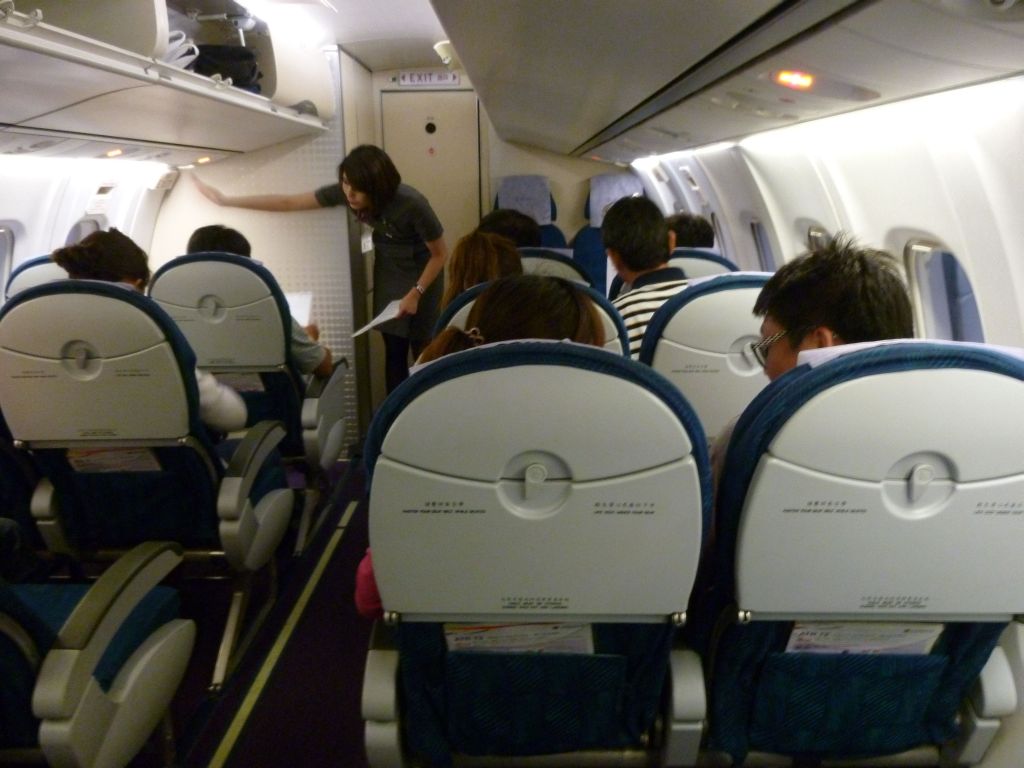
The safety sheet, both sides
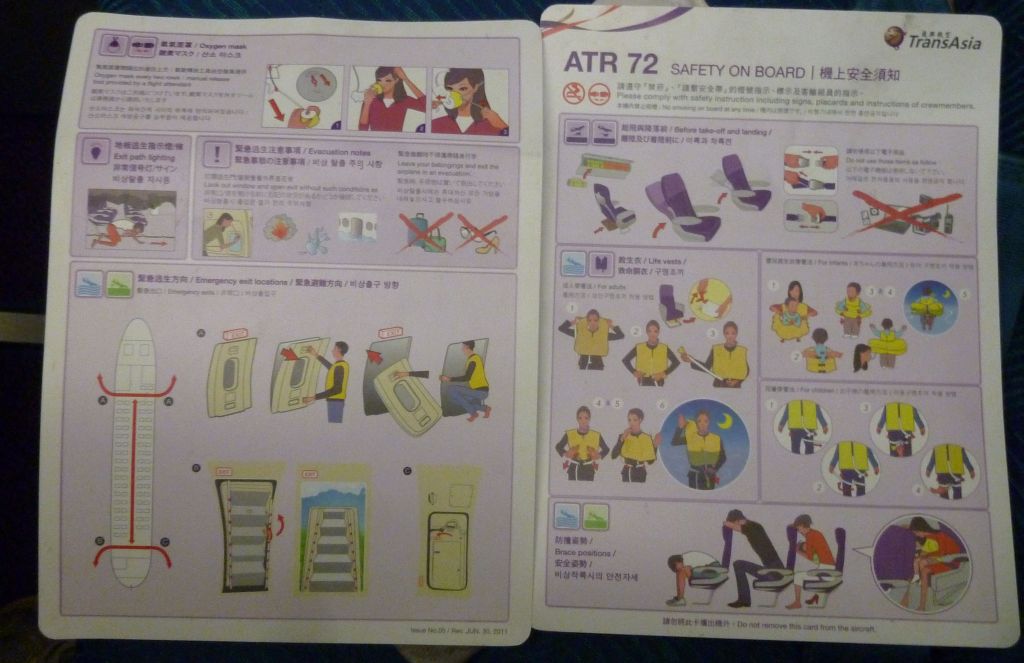
Another view of the rear of the aircraft. Note the girl who saw me take the picture and made the V sign that they all love to do in the Far-East.
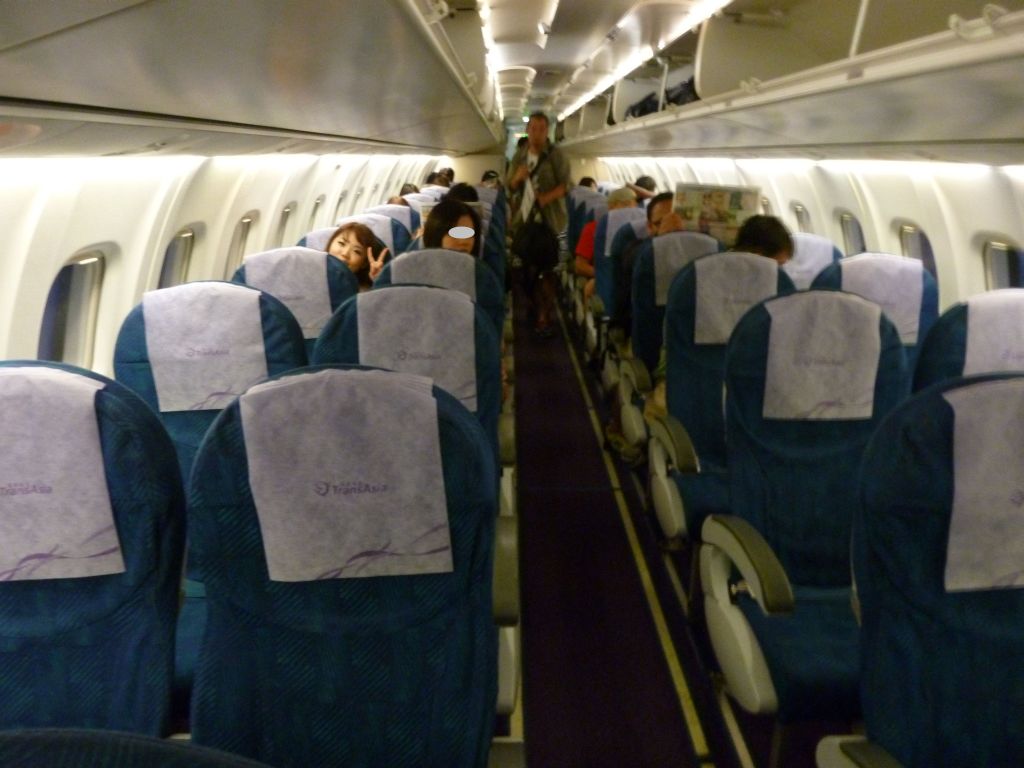
The seat pitch: it had not grown in three days and neither had I.
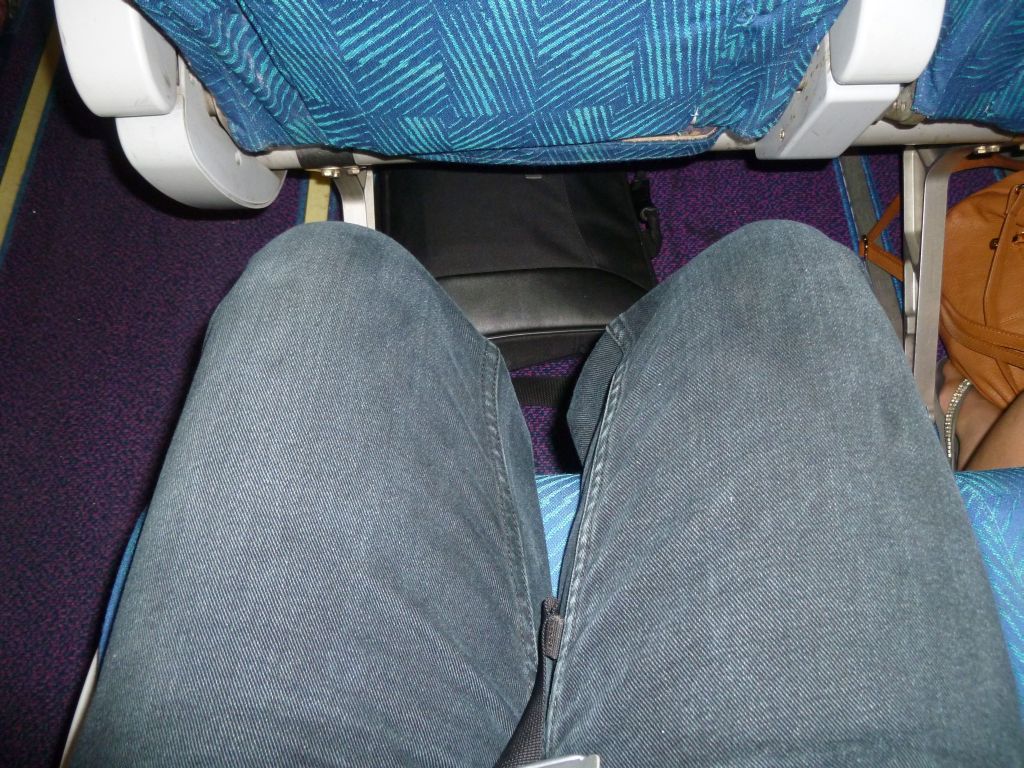
That picture was not easy to take: the FA on her jumpseat in the front, her back to the door leading to the hold and facing the aisle.
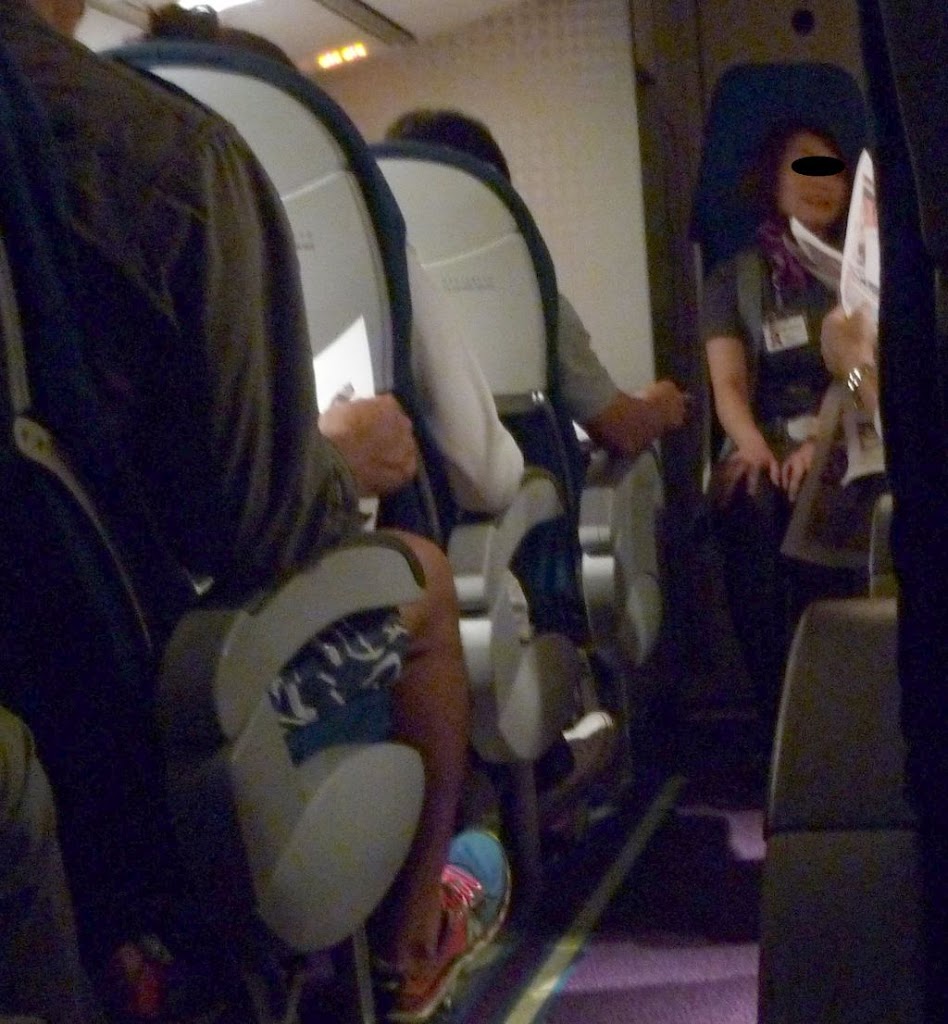
I took these two pictures when boarding the next flight: up front, there are two seats facing each other on the right, and a narrow cupboard on the left from which the jumpseat can be slid in position.
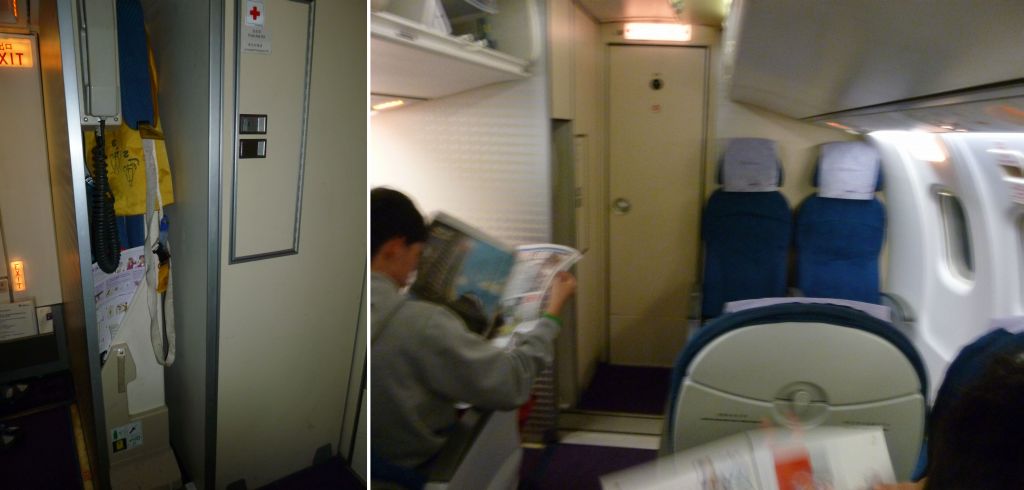
A consequence of that pre-assignment of the seats was that I was alone not being fully happy with my seat. I quickly realized that my neighbors at seats 7B and 7D were travelling together, and proposed to them to exchange seats 7B-7C, which they accepted with gratitude. It did not get me any closer to a window, but it improved my aviation karma.
Distribution of the meal: this time, the FAs did not unwrap them, and I understood why it was taking so much time on the way in: the film was not easy to tear.

Once unwrapped and turned around, this was the content, quiet similar to that of the other flight. There were two sandwiches, with a lot less mayo and a lot more meat (but less than what you believe: the Japanese are champions in the art of putting all the ham on the side of the sandwich to make believe there is a lot of it). A cup of coffee came soon afterwards and I found it nearly decent (coffee on Taiwanese domestic flights was always shamefully bad).

I wanted to start my FR in the plane, but a FA quickly came up to remind me that using a laptop was forbidden. Yes, it was an international flight, but we were flying too low and the rules then were that using any electronic equipment on board a Taiwanese aircraft was banned on domestic flights or below 10,000 ft, a probable leftover of the fear of Chinese military spying. This rule appears to have been relaxed since, according to FRs on a day trip to LZN during the 2013 Christmas break by frwstar2, to the standard ban during takeoff and landing only. It was a pain, but the surveillance by the FAs was usually lax.
Landing in HUN, and the brightly lit aircraft in a dark night.
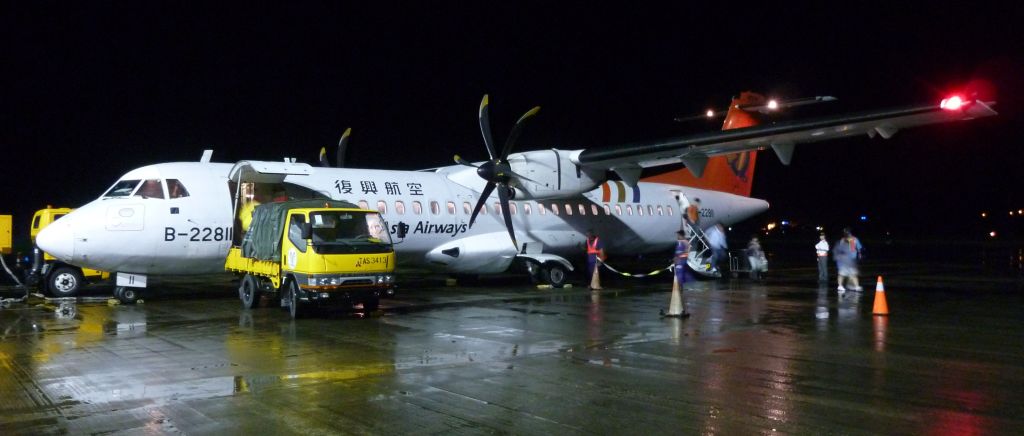
The hand luggage was systematically X-rayed by customs, but not hand searched. But before that, there was the immigration check.
The immigration officer took my passport (and resident card) with a neutral expression, and returned it decorated with a second stamp of Hualien, with a shining smile on her face. No, not for me only; I saw her process two Taiwanese before me: all passengers were welcomed with the same smile.

I would not compare with the border crossing of any other country, including my own, but I did take the time to tell her supervisor, who was standing a few meters away, my pleasure of being greeted with way each time I was coming home in Taiwan.
My remembrance of landing in Taiwan has always been the immigration officer's smile.
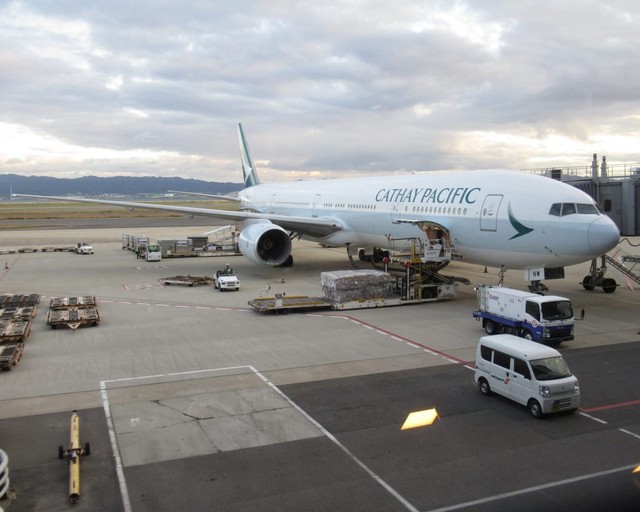
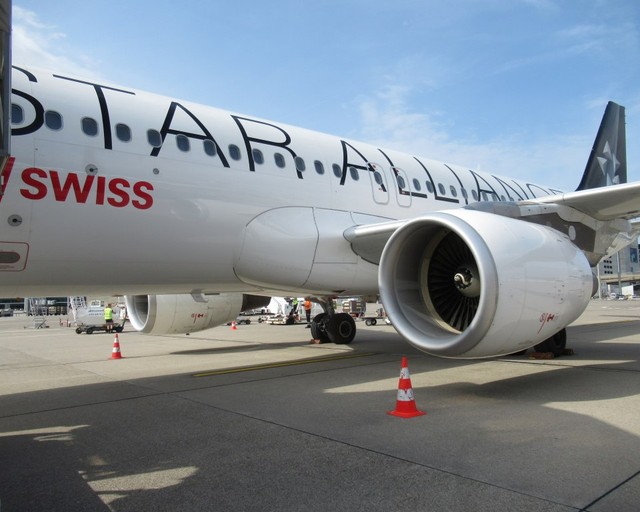
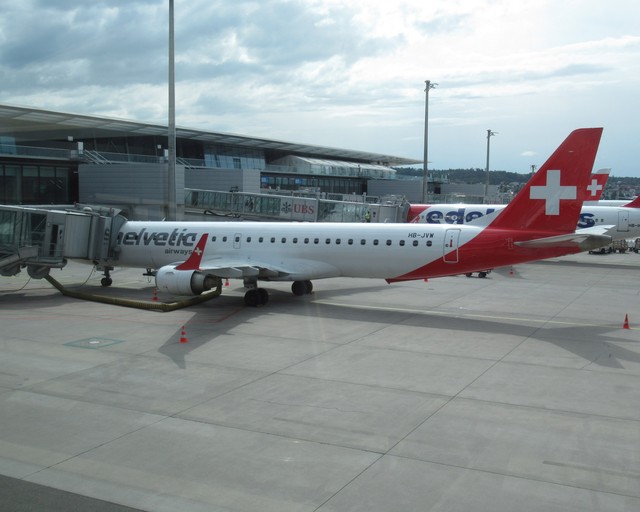
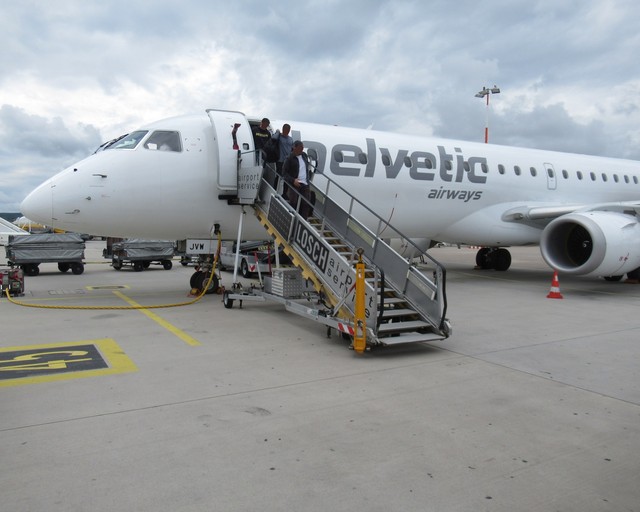
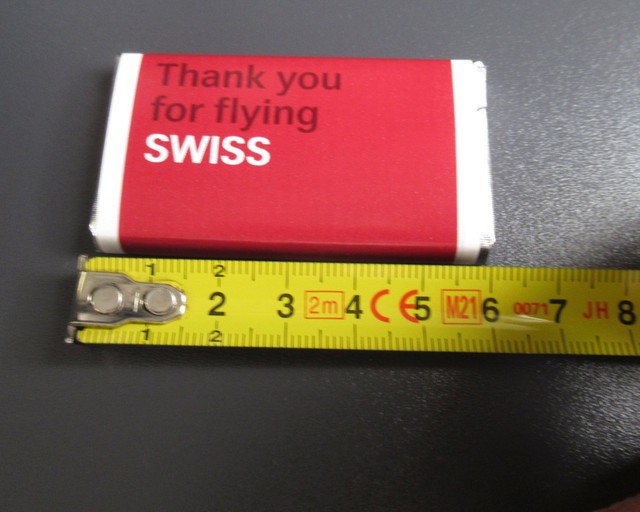
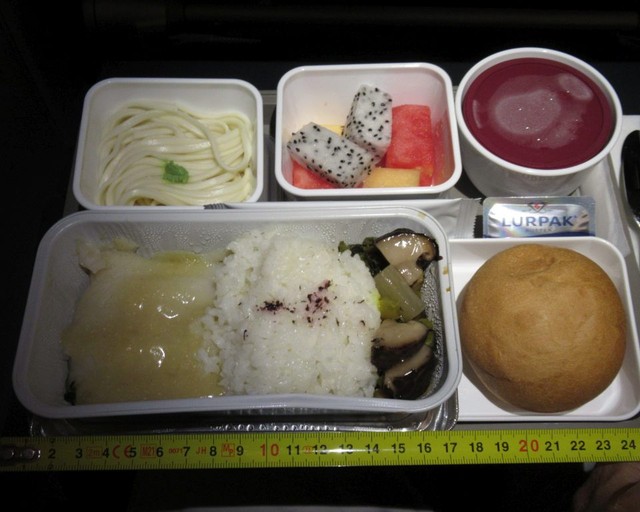

Thanks for sharing! Nice planespotting! It's kind of freaky to think that you flew from Japan to Taiwan in an ATR :-)
Good point, nobody flies in a biturboprop to Japan from abroad. Not even Mandarin Airlines since they have E-190s.
I thought about it, and was amused to realize that Japan seemed very close to Taiwan when I lived and traveled in Taiwan, and Taiwan very far from Japan when I lived and traveled in Japan.
Thanks for your comment !
Thanks for sharing another charming report with beautiful pics.
Thanks for your comment :)